By Calvin Sim, Senior Physiotherapist, Back2Sport
Clunking or clicking shoulder is an oft-heard complaint among athletes, where the shoulder clicks when under strain. It is common to sports where the arm is thrown overhead repetitively and with force, such as swimming, badminton or tennis. This condition is often diagnosed as a rotator-cuff impingement or tendinitis (inflammation). But inflammation is a symptom, not the cause. You will still need to find out what is causing the inflammation in the first place.
A common cause of rotator-cuff inflammation is the inherent instability of the shoulder joint. To put it plainly, the shoulder joint is loosely held in place. The joint (glenol-humeral) may be loose in several directions (multi-directional instability) or in a specific direction (uni-directional instability).
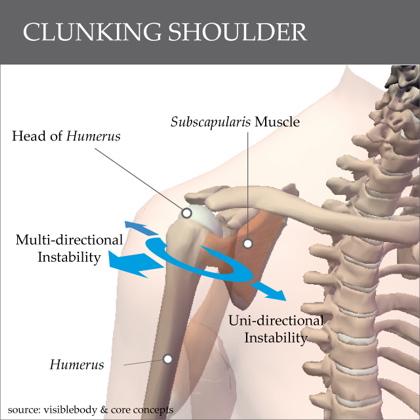
Multi-directional instability (MDI)
In MDI, excessive movement of the head of the humerus (the ball end of the bone in your arm) causes it to scrape against the cartilage that helps to hold the shoulder joint together (the labrum). World class swimmers for example tend to have very loose joints which gives them the extra range of shoulder movement. Over time, this scraping wears out the cartilage and the tendons nearby. The clunking sound comes from the head of the humerus popping in and out slightly from the shoulder joint.
Uni-directional instability (UDI)
UDI is more common for overhead throwing sports like badminton and tennis, and tends to appear in one arm. UDI is caused by a few key muscles losing control of the joint. In most cases, it is the muscle holding the head of the humerus, allowing the shoulder to roll forward excessively, stretching the shoulder joint. As with MDI, the cartilage wears out and nearby tendons get impinged or pressed on.
An experienced sports physician or sports physiotherapist will be able to do tests that will confirm which diagnosis best describes the problem.
Solving the Problem
If the athlete still needs to compete or has a competition coming up soon, helpful short term measures include massage and trigger-point release to reduce pain and mobilize the surrounding joints. The sports physician or physiotherapist will also work with the coach to reduce the training load and focus on quality rather than on quantity.
In the long term, instability is corrected by improving the muscular control of the joint and overall body stability. This involves both activating and strengthening the appropriate muscles. It is important that the muscle activates at the right moment. Too often, the focus is on building the strength of the muscle but not the control of it. A strong muscle that does not activate during the crucial moment is not much better than a weak muscle. The muscle training work will focus on the key stability muscles, namely:
- Transversus Abdominus for the trunk and overall body stability
- Lower Trapezius and Serratus Anterior for the scapula
- Subscapularis for the head of the humerus
In Part 2, we will look at the specific exercises that target these three muscles.
Back2Sports – Sports Injury Management is a division of the Core Concepts Group, a leading musculo-skeletal therapy specialist group in Singapore. For more information, visit www.Back2Sports.com.sg.

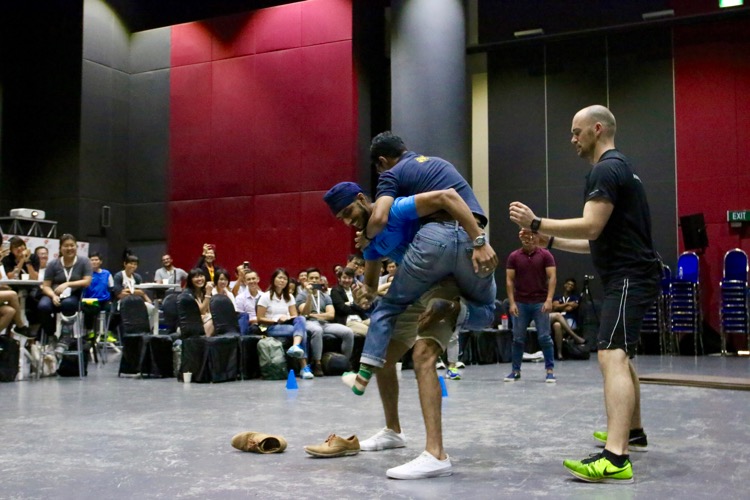

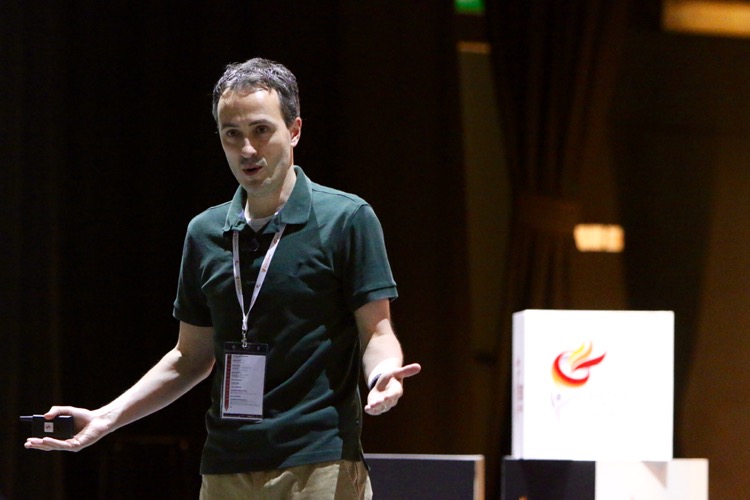
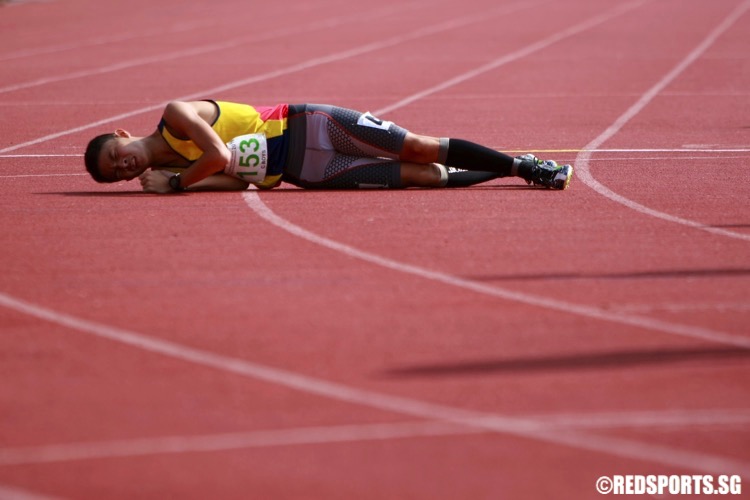
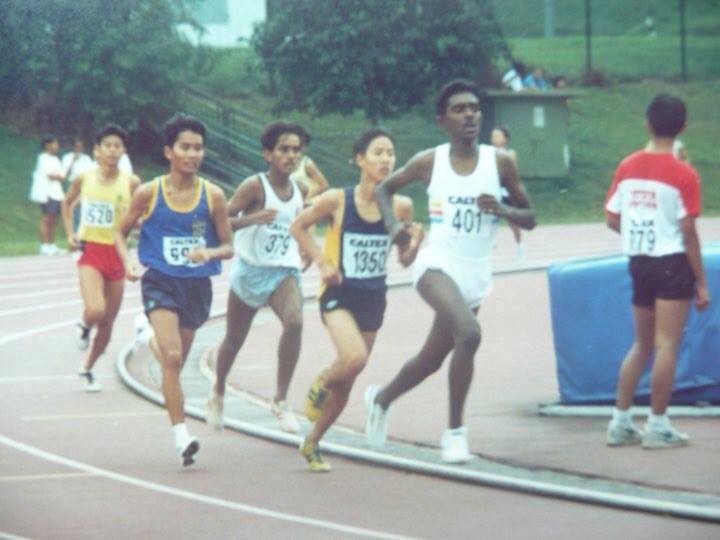
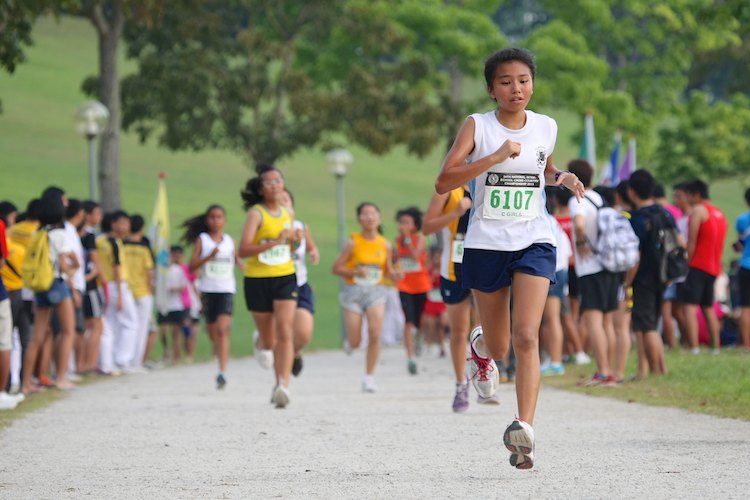
Hi WH, shoulder dislocation cannot be considered a rotator-cuff injury unless the dislocation has affected the rotator cuffs. A shoulder dislocation usually arises from tears or strain in the shoulder capsule leading to a dislocation. The exercises that we’ll show in part 2 will cover general strengthening exercises for rotator cuff. For a more specific program, please consult a sports physician or physiotherapist.
Calvin
How about shoulder dislocations? Is it also considered a rotator-cuff injury? will the exercises in part 2 help rehab for shoulder dislocations.
Hi, there. Clicking sounds from the elbows may be a different problem altogether. Most commonly, clicking in the elbows could be due to a tendon snapping over a bone. However, this would need to be investigated further.
Calvin
Hello, I’ve the clicking sounds in my elbows whenever i train, is it the same thing?